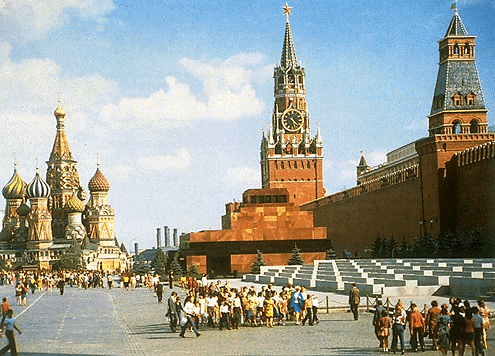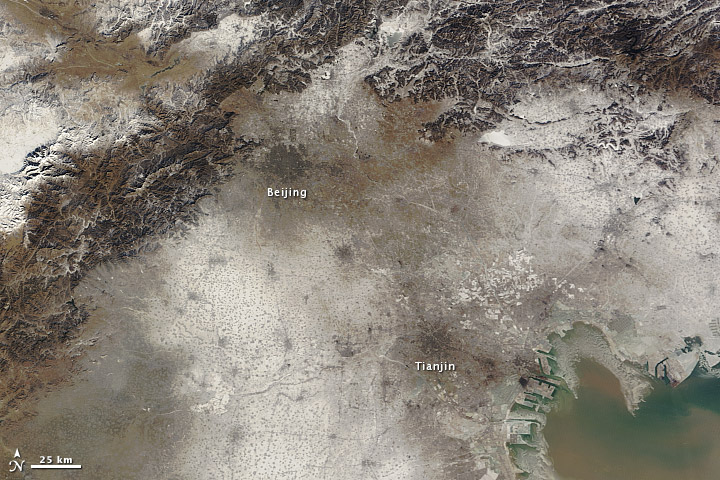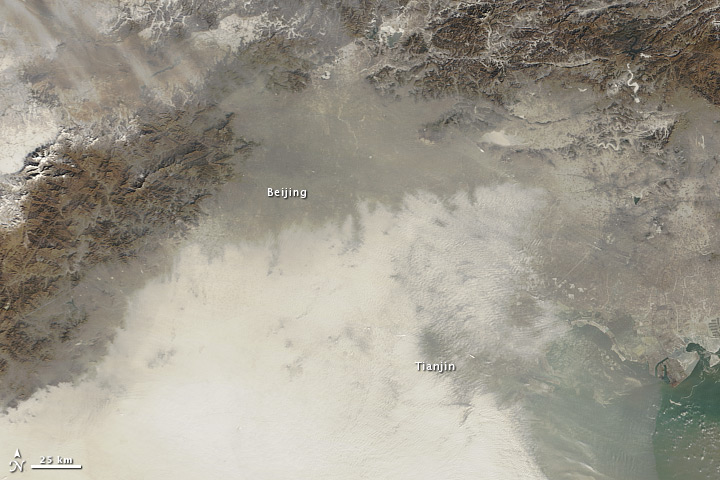Noxious Gas Spreading Through Moscow
Monday, November 10th, 2014November 10, 2014
Parts of the Russian capital, Moscow—including the main shopping areas and parliament buildings just outside the Kremlin—are enveloped in a noxious gas, which is spreading through the city. The gas, hydrogen sulfide, can be highly toxic and smells like rotten eggs. According to experts, exposure to hydrogen sulfide, even in low concentrations, can lead to dizziness, headaches, and nausea. Residents in affected areas are being urged by the Russian Emergencies Ministry to stay indoors.

A cloud of hydrogen sulfide wafts over central Moscow today, the area that includes the Kremlin (building at right) and other historic buildings in Red Square (Superstock).
The emergencies ministry has confirmed that the source of the gas is a leak from a sulfur-dioxide processing facility at an oil refinery just outside the city. Meteorologists note that the effects of the gas are being made worse by automobile-related smog, which is “not conducive to the rapid dispersion of pollutants in the air.”




